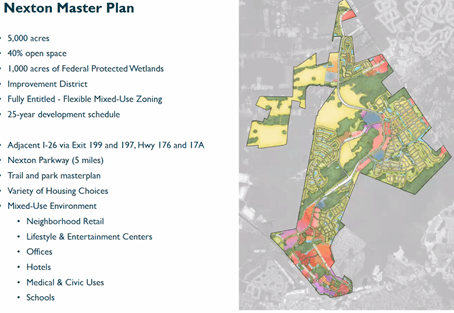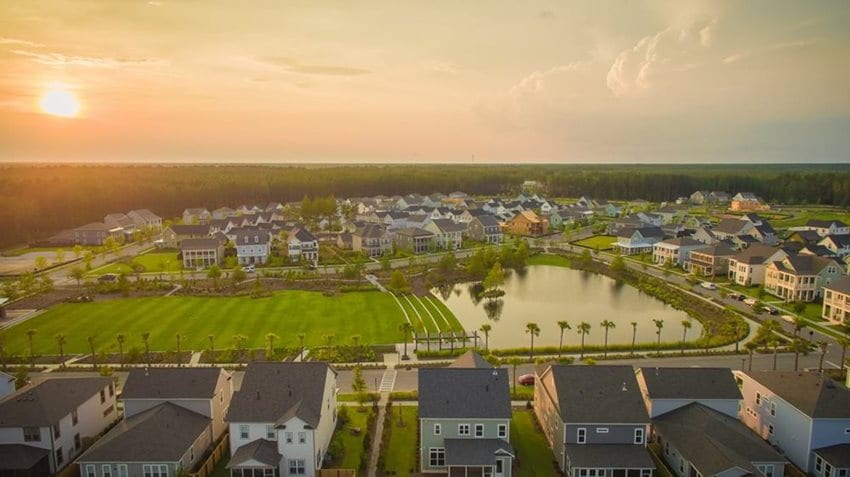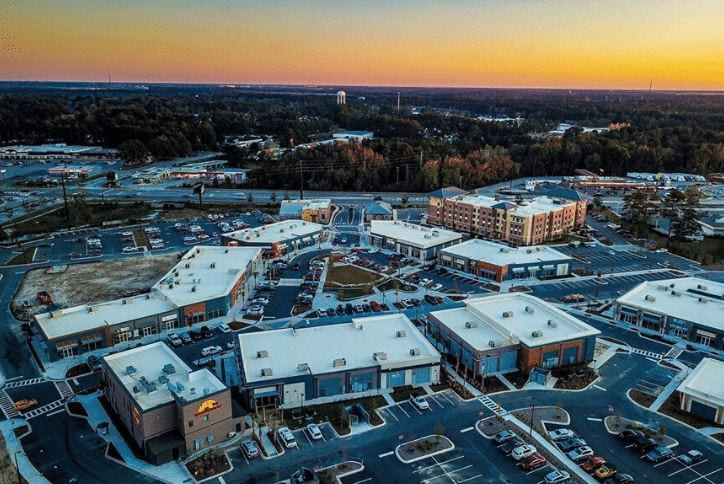Demand for single family housing has reached a level not seen since the peak preceding the Great Financial Crisis. As the current pandemic wears on, homebuyers continue to look for more space to spread out while taking advantage of historically low interest rates. This has lifted single family new construction demand in many previously unsought after areas of the country. Although the suburbs are experiencing population growth with city dwellers looking for more room in less expensive locales, people still fundamentally want to live in mixed-use communities with proximity to amenities, shopping, and restaurants. These factors, combined with a large gap between job growth and new home construction over the past decade, bode well for the success of companies such as Newland, a San Diego-based developer of master planned communities across the United States. Executives from Newland recently joined the Baker Program in Real Estate to discuss these trends, the company’s strategy, and do a deep dive into one of their communities, as part of Cornell’s Distinguished Speaker Series.
Master Planned Communities (MPC) differ from typical suburban subdivisions, and Newland is not a typical MPC developer – with $2 billion in assets under development across 20 projects in 11 states. Newland acquires large undeveloped swaths of land in growing suburbs and then works with municipalities to develop standalone communities replete with housing, offices, parks, walking trails, amenity centers, and even schools in some cases. The firm leads the entitlement and land development processes and then partners with homebuilders who purchase individual sites and build upon them. The process is similar for commercial sites, which are typically sold to builders who construct low-rise office buildings, neighborhood retail centers, and other uses befitting a mixed-use neighborhood. Newland may not physically build the structures populating its communities, but the firm has a hand in every detail – from choosing which streetlights line the roadways to curating the mix of retail tenants.
Nexton – A Newland Community Case Study
Nexton, a Newland development outside of Charleston, SC, was chosen as the case study to review with the Baker Program, which successfully highlights the many facets of a typical Newland master planned community. Brent Gibadlo, head of the company’s Charleston operations, walked students through Newland’s process and the nuances of community planning and development.

With strong employment sectors, desirable amenities, and a growing population, Charleston has become a hotbed for real estate development. Positioned right in the path of growth is Newland’s community of Nexton – 5,000 acres of various housing styles, walking trails, parks, lifestyle centers, offices, hotels, and schools. Nexton was conceived as a community focused on wellness, technology, design, and diversity. The core tenet that drives much of Newland’s strategy is that land is fundamentally a commodity, so “If you want to create value, you need to do something special.”
By working with numerous homebuilders who each have multiple housing types under construction, Nexton feels like an authentic community comprised of distinct neighborhoods, with specific demographic focuses. From an age restricted neighborhood targeted towards active retirees, to the higher end Brighton Village with homes that set the stage for the rest of the development, to an entry level neighborhood aimed at first time homebuyers, Nexton aims to provide an enjoyable place to call home for a variety of homebuyers.

Laid out concentrically, Newland focuses on commercial uses on the outskirts, followed by retail and denser housing types as you move inwards, and finally less dense single family detached homes, mimicking the layout that would be found in more traditional communities. Nexton follows this typology and has been quite a success thus far.

These types of communities typically take decades to fully develop. With 10 years down and an estimated 15 to go, Mr. Gibadlo took the time to emphasize the importance of partnerships in everything Newland does. By working in conjunction with municipalities as well as established and trusted builders, the company is able to avoid taking on unnecessary partnership risk and ensure their communities are developed thoughtfully and can stand the test of time. As the saying goes, “the proof is in the pudding”, and Newland’s successful mix proves poised to continue on its path of success in developing sustainable, mixed-use communities in strategic suburbs across the country.

